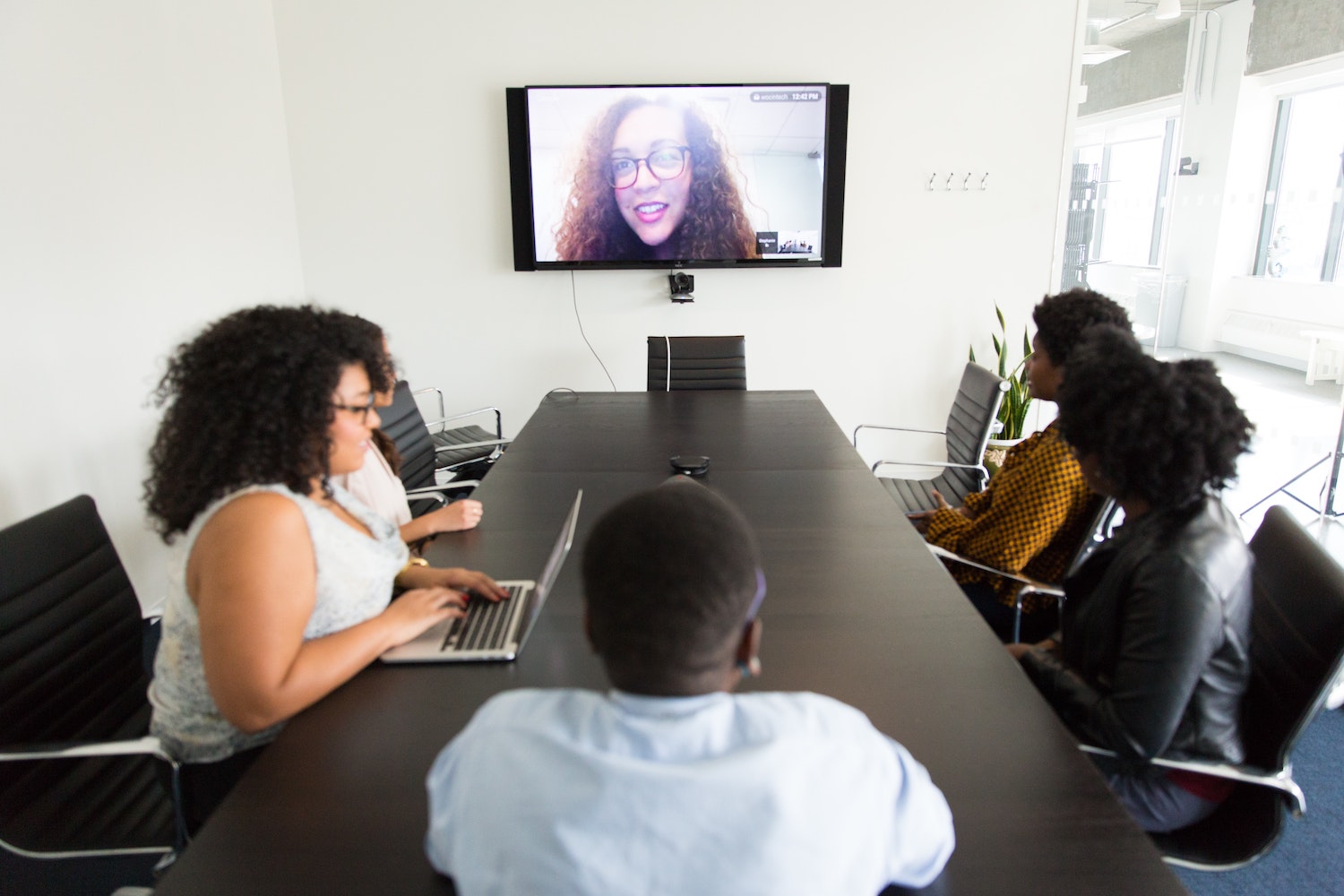It is easy to overlook the myriad of choices that go into something as simple as a video conferencing system. Afterall, most AV solutions are designed and installed for ease of use and simplicity. However, that does not mean that these things are easy or simple to design and install! We see many who were once gung-ho DIYers that have converted into loyal customers because of this very misconception. We get it; why spend the money to hire AV professionals when you could save money by doing it yourself? Unfortunately, that line of thinking doesn’t often work out, especially in the long-term. It takes time to understand the scope of available options and implement the ones that work the best specific to the context they’re needed in. No one should be ashamed to consult a professional whose expertise will allow you to make the smartest solutions to your AV needs.
Designing for Intuitive Use
The first issue many DIYers run into is ease of use. They read up on the equipment and/or software that will work for what they need and sometimes even get the whole system installed successfully. However, these systems are rarely easy to use because the system was designed and installed only to work. These systems rarely take into account that many of the people using the system (especially something like a conferencing system) will have no background knowledge and want to be able to use it right away. Afterall, AV solutions are supposed to make life easier! Learning to implement just one conferencing system is tough enough; imagine trying to familiarize yourself with numerous systems and determining which ones work best in different situations. Even after all of that, user experience has not been considered and is vital to the success of any AV solution.
Specific Design for Specific Use
How does a conferencing setup differ for a huddle room versus a conference room? They may seem identical, but the size of the rooms (and therefore its usual occupancy) differ, meaning that the needs of each room will differ too. For example, a video conferencing setup requires a crisp display as well as a camera suited for the size of the room. Afetrall, you don’t want to be caught passing the laptop around during an important Zoom meeting. AV professionals encounter these kinds of problems every day and are uniquely suited to foresee the subtle changes in AV design required for different contexts.
Designing for the Long-Term
Not only does an AV designer’s experience help execute subtle design changes, but their foresight allows for the implementation of AV solutions that will last. While using the latest technology helps, lasting AV solutions go far beyond the newness of its equipment. DIY AV solutions infrequently consider scalability, for example. When a company grows, it may need to integrate new conferencing setups into its overarching system. A DIYer who has not considered scale often gets sent back to square one when they realize it can’t be easily scaled up or down.
The AV design industry is built on expertise, which cannot be learned from a few quick Google searches. Like IT, AV designers provide a service that is hard to do properly without deep enough knowledge and experience. To get started on your next AV project with a trusted professional, contact us today.

